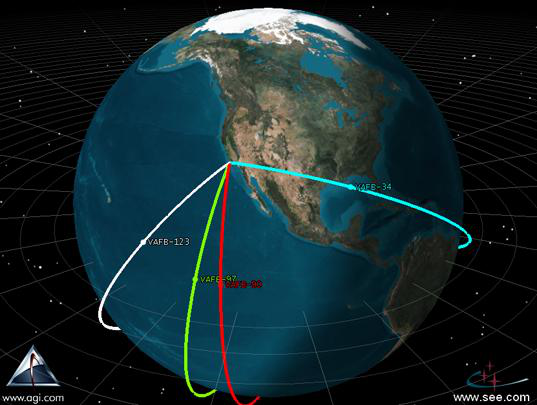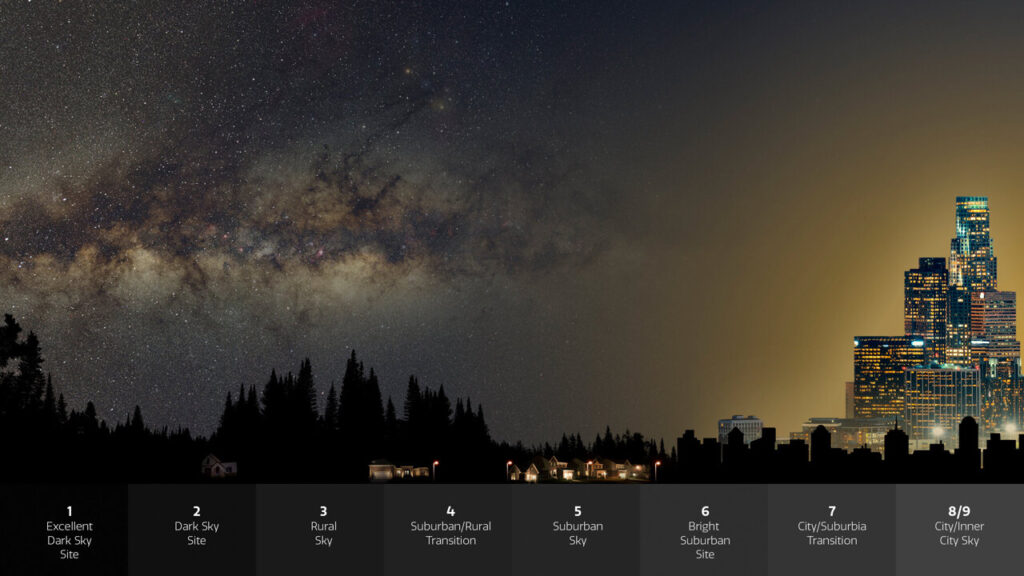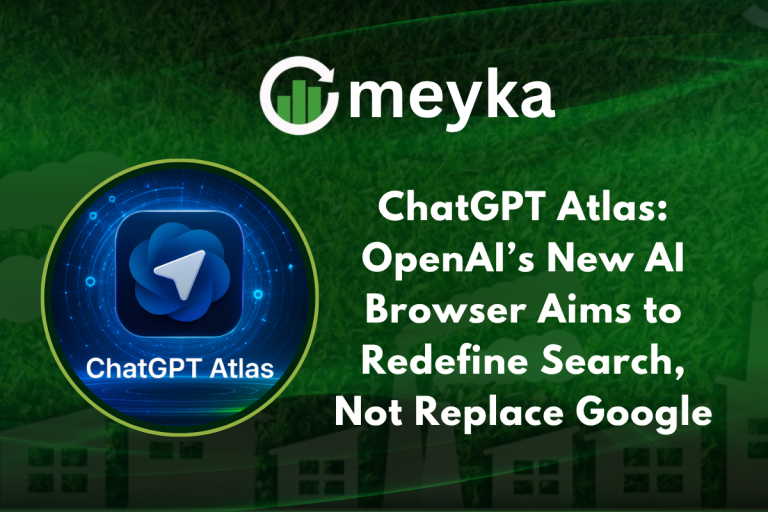Falcon 9 Rocket Lifts 24 Starlink Satellites Into Orbit From California
SpaceX has once again made headlines with another successful Falcon 9 launch. This time, the rocket carried 24 Starlink satellites into orbit from California’s Vandenberg Space Force Base. With this mission, the company moves closer to its dream of building a vast network of satellites that can bring high-speed internet to every corner of the world.
The Falcon 9 is not just any rocket. It is reusable, reliable, and has changed the way we look at space travel. Each launch adds more strength to the Starlink constellation, and each satellite helps connect more people in areas where traditional internet is either too costly or simply unavailable.
As we follow these launches, we are not just watching rockets in the sky. We are witnessing the future of global communication take shape. This launch is another step toward a world where staying connected is no longer a luxury but a basic right.
About the Falcon 9 Rocket
Falcon 9 is a two-stage, partially reusable launcher built for routine, low-cost flights. The first stage uses nine Merlin engines and returns for landing on a droneship or at a pad. The second stage completes orbital insertion. This design cuts cost and time between missions and has set records for reuse in 2025. The vehicle can lift heavy payloads to low Earth orbit and has flown crew and cargo safely. Its reliability and cadence now anchor most of SpaceX’s manifest, including Starlink.
Details of the Falcon 9 Rocket Launch
A brand-new Falcon 9 lifted off from Vandenberg Space Force Base at 11:51 p.m. EDT on September 2, 2025 (8:51 p.m. local; 03:51 GMT Sept. 3). The mission carried 24 Starlink satellites bound for low Earth orbit. The booster debuted and then nailed a landing on the droneship Just Read the Instructions about 8.5 minutes after liftoff. Deployment of the payload was scheduled ~62.5 minutes after launch. This flight was the 109th Falcon 9 mission of 2025, underscoring the rapid pace that now defines SpaceX operations.
The Starlink Project: An Overview
Starlink is a satellite internet network that uses thousands of small craft in low Earth orbit. As of early August 2025, independent tracking counted ~8,094 satellites in orbit, with most operational. With each batch, service density and resilience improve. Production and ground hardware are scaling too, with fresh investment in Texas facilities for terminals and kits. The growing constellation aims to boost speeds, reduce latency, and widen coverage, especially in hard-to-reach regions.
Why California Launches Matter?

Vandenberg’s location on the Pacific coast enables safe trajectories to polar and sun-synchronous orbits. Those paths are ideal for many Starlink planes, Earth-observation missions, and national security payloads. The SLC-4E complex supports a high cadence and quick turnarounds, while the nearby Pacific allows droneship recoveries. California launches complement the Florida cadence, letting operators target different inclinations and manage weather or range congestion.
Impact of This Launch
Adding 24 satellites strengthens capacity over the Pacific Rim and higher latitudes served from polar tracks. More satellites mean steadier links, better handoffs, and lower contention during peak hours. The mission contributes to the nearly 8,300 operational Starlinks now in orbit, building the world’s largest spacecraft network. Regular launches also keep replacement cycles flowing, which matters in low orbits where lifetimes are shorter.
Challenges and Criticisms

Astronomers continue to warn about night-sky brightness and streaks across images. First-gen mitigations like sun visors reduced glare but added drag; later designs shifted strategies, and the debate continues. Broader concerns involve traffic management and debris risk in crowded orbits. U.S. lawmakers and industry are now focused on sustaining space-traffic tracking programs to reduce collision risk as satellite numbers surge.
Falcon 9 Rocket: Future Outlook
Expect more Falcon 9 flights from both coasts as Starlink fills out Gen-2 layers and refreshes older units. Competitors are also moving. Amazon’s Project Kuiper entered deployment in 2025 and is lining up early services and national partnerships. Eutelsat OneWeb is expanding enterprise offerings and planning a Gen-2 refresh. The race will push down equipment costs, expand coverage deals, and set higher performance targets for rural and mobility users.
Final Words
This California mission showed two things at once: steady growth of a mega-constellation and the maturing rhythm of rocket reuse. A new booster flew, landed, and delivered another slice of capacity to low Earth orbit. The network inches closer to seamless global coverage, even as regulators, scientists, and operators work on shared rules for a busier sky. The next milestones will balance scale with stewardship, performance with visibility, and speed with safety.
Frequently Asked Questions (FAQs)
Falcon 9 does not use Starlink itself. Instead, it launches Starlink satellites into space. These satellites then provide internet service to homes, ships, and planes worldwide.
The number changes by mission. On September 2, 2025, Falcon 9 carried 24 Starlink satellites from California. Some missions launch more than 50 at once.
Most Starlink satellites are launched on Falcon 9 rockets. Sometimes Falcon Heavy may be used. These reusable rockets help SpaceX reduce cost and fly many missions yearly.
Falcon 9 launches from several sites. The main ones are Kennedy Space Center and Cape Canaveral in Florida, and Vandenberg Space Force Base in California, depending on mission.
Disclaimer:
This is for informational purposes only and does not constitute financial advice. Always do your research.






